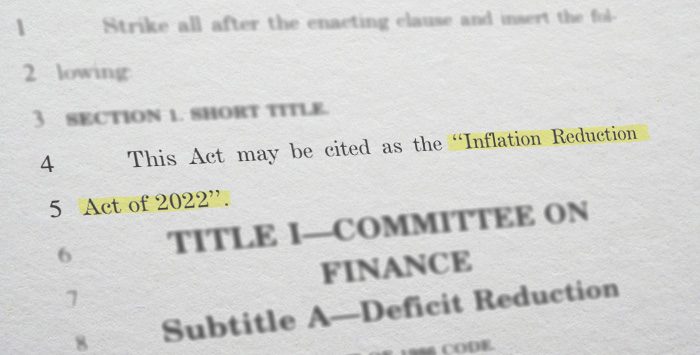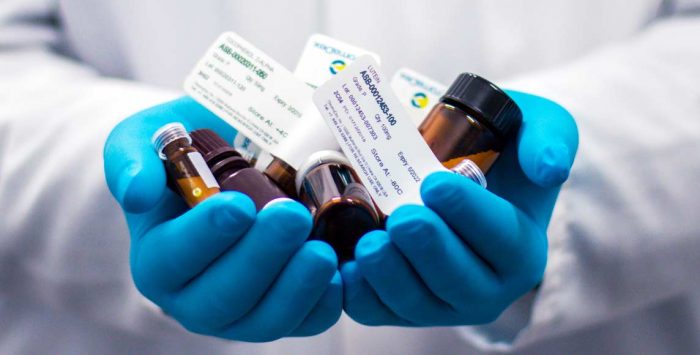What is the Medicare donut hole (coverage gap)?
The Medicare Part D “donut hole,” which existed from 2006 (when the Medicare Part D began) through 2024, referred to the coverage gap in your Medicare Part D prescription drug benefit – the point where your prescription drug expenses exceeded the initial coverage limit of your plan, but had not yet reached the catastrophic coverage level.
The donut hole no longer exists as of 2025, due to the Inflation Reduction Act. Instead, Medicare Part D now just has three phases: The deductible phase, the initial coverage phase, and the catastrophic coverage phase.
Total out-of-pocket costs for drugs covered by Medicare Part D are capped at $2,000 in 2025. (This cap will grow to $2,100 in 2026.) Further, enrollees no longer have any out-of-pocket costs once they reach the catastrophic coverage phase.
How did the Medicare donut hole work?
When Medicare Part D was first introduced, patients paid 100% of their drug costs while in the donut hole (as opposed to 25% before the donut hole – for standard plan designs – and 5% after the donut hole). An enrollee would enter the donut hole when their total drug costs had reached a certain level, with the dollar amount determined each year by the federal government.
The Affordable Care Act (ACA) included a provision to gradually close the donut hole by 2020. (The donut hole closed a year early, in 2019, for brand-name drugs, as a result of the Bipartisan Budget Act of 2018.)
From that point until the end of 2024, the donut hole was “closed” but still existed. That meant enrollees in standard Part D plans paid 25% of the cost of their medications both before the donut hole (during the initial coverage phase, after the deductible was met) and during the donut hole. But most enrollees did not have standard plans, which meant they generally had copays during the initial coverage phase, and then transitioned to the 25% coinsurance during the donut hole.
So even though the donut hole was closed by the ACA, enrollees often found that their out-of-pocket costs at the pharmacy changed when they moved from the initial coverage phase to the donut hole phase.
Footnotes
Tags: catastrophic coverage, donut hole, prescription drug coverage





